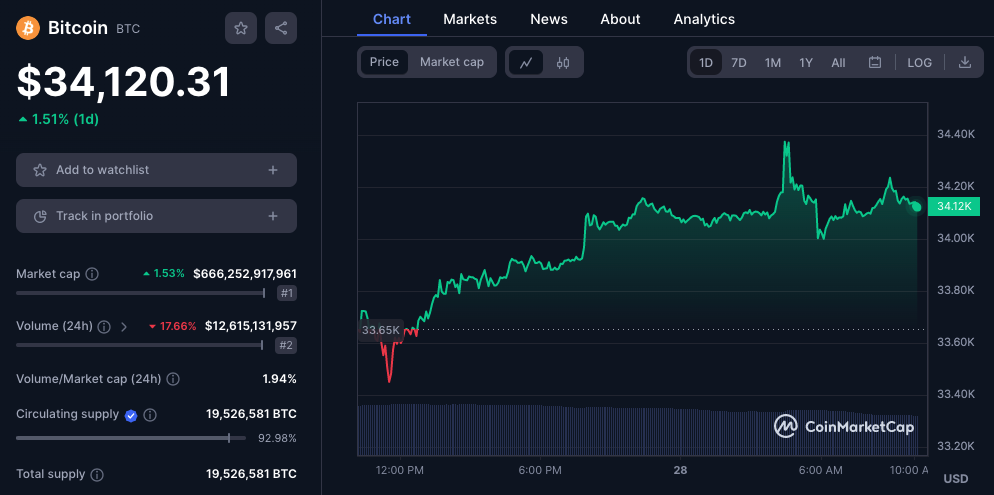 Crypto trading is a dynamic realm with diverse strategies and terminologies. Among these, “Cross Margin” stands out as a risk management technique that allows traders to wield higher leverage, unlocking the potential for larger positions with less capital. In this article, we delve into the intricacies of Cross Margin and its counterpart, “Isolated Margin,” in the cryptocurrency trading world.
Crypto trading is a dynamic realm with diverse strategies and terminologies. Among these, “Cross Margin” stands out as a risk management technique that allows traders to wield higher leverage, unlocking the potential for larger positions with less capital. In this article, we delve into the intricacies of Cross Margin and its counterpart, “Isolated Margin,” in the cryptocurrency trading world.
Cross Margin trading involves using your entire account balance as collateral, sometimes known as “spread margin.” It distributes the available balance of an asset across all active leveraged positions within a specific account. This approach exposes the entirety of your account holdings to cover potential trading losses. However, it offers the advantage of enabling higher leverage, empowering traders to open substantial positions with reduced capital.

This strategy, though advantageous, comes with increased risk. Individual position liquidation may be avoided by using the account balance as a safety net, but this implies that the entire margin requirements of all open positions must be lower than the available balance. To mitigate risks, traders should be vigilant, monitor their positions, and implement stop-loss orders to limit potential losses.

Cross Margin trading is particularly beneficial for experienced traders, but it demands cautious application and diligent risk management. For newcomers, a comprehensive understanding of a trading platform’s margin trading rules and terms is crucial.
In summary, Cross Margin and Isolated Margin are essential tools for managing risk and leveraging positions in cryptocurrency trading. Each has its unique benefits and drawbacks, making it imperative for traders to choose the most suitable approach based on their experience and risk tolerance.



